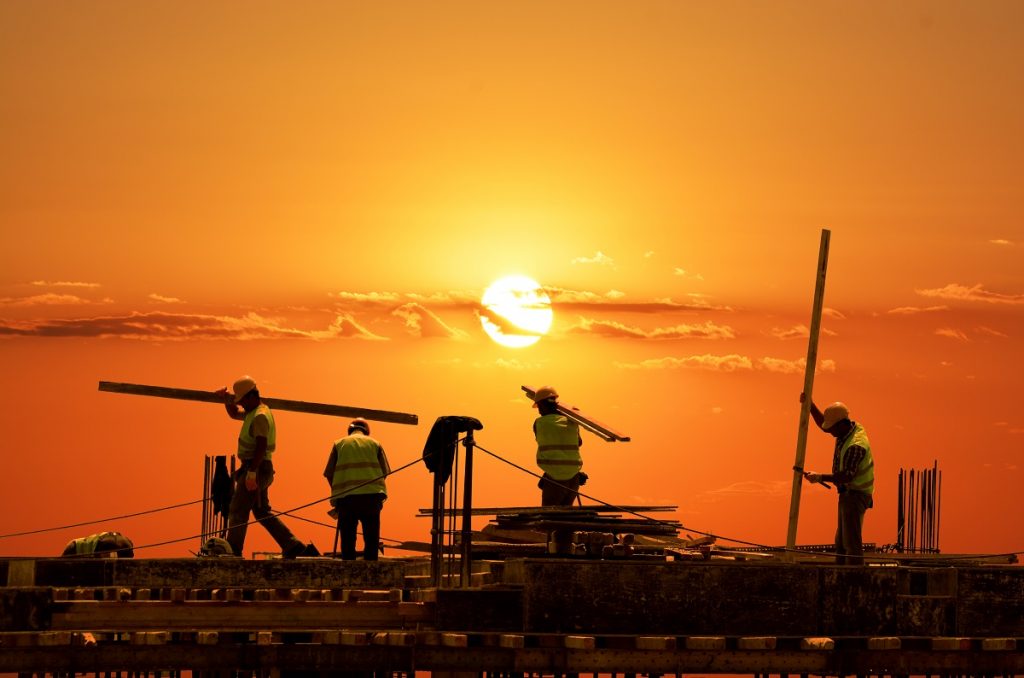Every type of business comes with a risk. However, aside from risks that could result in financial losses, the worst are those that could injure people, or cost their life. This is why risk management has to be one of the top considerations for managers and business owners.
Risk management is a process where you have to identify potential risks. You do this so you can come up with a plan to avoid situations that lead to a disaster. Industries have different approaches to risk management since the variables differ.
Top high-risk industries
Health Services
Health care workers are at risk every single day that they don their uniforms. They are surrounded by all types of diseases, and they handle them face-to-face. The coronavirus pandemic proved that the health industry is among the riskiest.
They are prone to infection and chemical hazards. Proper sanitation is essential in hospitals and other medical establishments now more than ever. Health care professionals are also among those jobs that are most at risk for mental health issues.
Manufacturing
People who work at manufacturing plants are exposed to diverse risks because they handle diverse products. From textile, food, and appliance to chemicals, there are different risks associated. A slight mistake in handling machinery and equipment could lead to serious injuries.
This is why proper and safety training must be provided regularly to workers. Automation of some processes helps reduce these risks. However, as long as people are employed inside manufacturing plants, the risks are there.
Construction
When people think of work-related accidents, construction almost always comes up. It is true. Construction is known to have the most dangerous working conditions for workers. Employees handle chemicals and electricity, climb to high altitudes, and use heavy equipment. A miscalculated step could lead to a life-altering injury.
This calls for the careful management of construction sites. Protective gears are obligatory, but this is not the only way to ensure workplace safety. Construction companies should employ experienced building construction management professionals who oversee construction details closely. Smooth execution of project plans and safety protocols will help avoid all types of risks in the workplace.
There are 5 main risks in any construction project.
There is the financial risk. It pertains to factors on the business side of things. Included here are competition, cash flow, and economic impact.
Legal risks relate to the fulfillment of contracts. Then project risks deal with management. This includes project schedules, management of time and resources, and project policies.
Environmental risks pertain to natural phenomena that may affect or damage the construction site.
Lastly, safety risks deal with site hazards that can lead to safety accidents.

Common accidents in the construction workplace
1. Falls and slips
Construction workers climb on scaffolding, ladders, roofs, and windows. A number of workers have surely worked on the highest buildings in the world. Falling off that height is obviously fatal. Even falling from the roof of a one-story house can cause broken bones and fractures.
Slips are also pretty common with all the messy wiring around and wet surfaces.
2. Falling objects
Tools such as mallets, pipes, and even blocks of cement can fall from higher places in the worksite.
3. Machinery accident
Forklifts and cranes are machines that weigh thousands of kilos. That is a potential accident waiting to happen in the hands of untrained personnel.
4. Electrocution
In construction sites, employees work with exposed wiring and unfinished electrical systems. A wrong move may cause shock or electrocution.
5. Overexertion
Overexertion can happen to workers after lifting heavy things. They also often work in hot and humid conditions.
6. Explosions and burns
Open wires and leaking gases can cause explosion and fire accidents in a site.
Safety risk management in construction sites
Risk management should happen long before the project even starts. It is all about assessment and prevention. Risk management requires a number of steps and the cooperation of the whole team.
The first is identifying potential risks. Risk assessment is not universal and is unique to every project. The whole project team must come together to identify all potential problems.
The second is evaluating risks according to importance. Determine importance according to its impact on the business and the high probability of the risk actually happening.
The third step is to formulate a response strategy. This will involve brainstorming about risks you can avoid and not.
The fourth step is to execute a risk management plan. The whole team must be informed about this. From the managers, engineers, to workers. A sound safety risk management plan should have revisions and contingencies.

